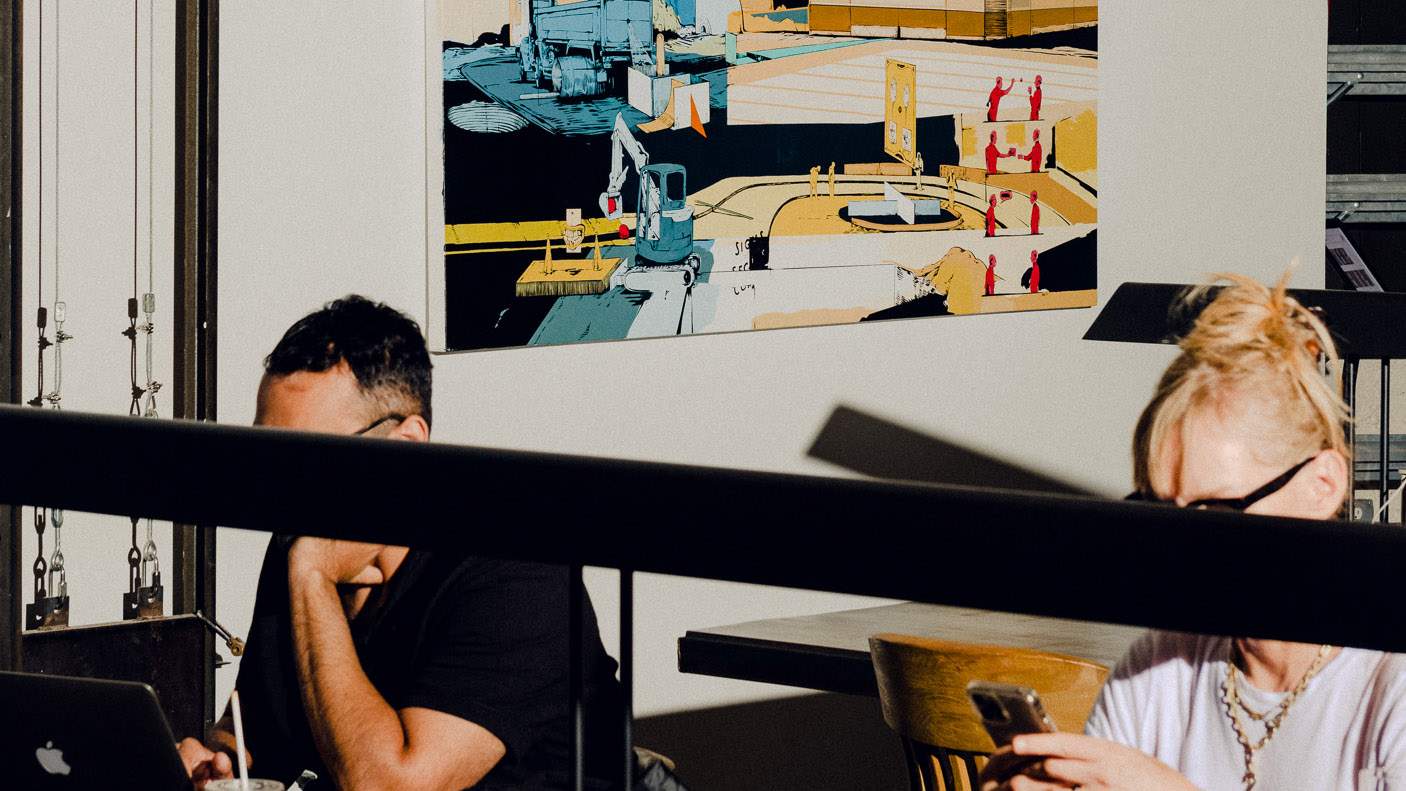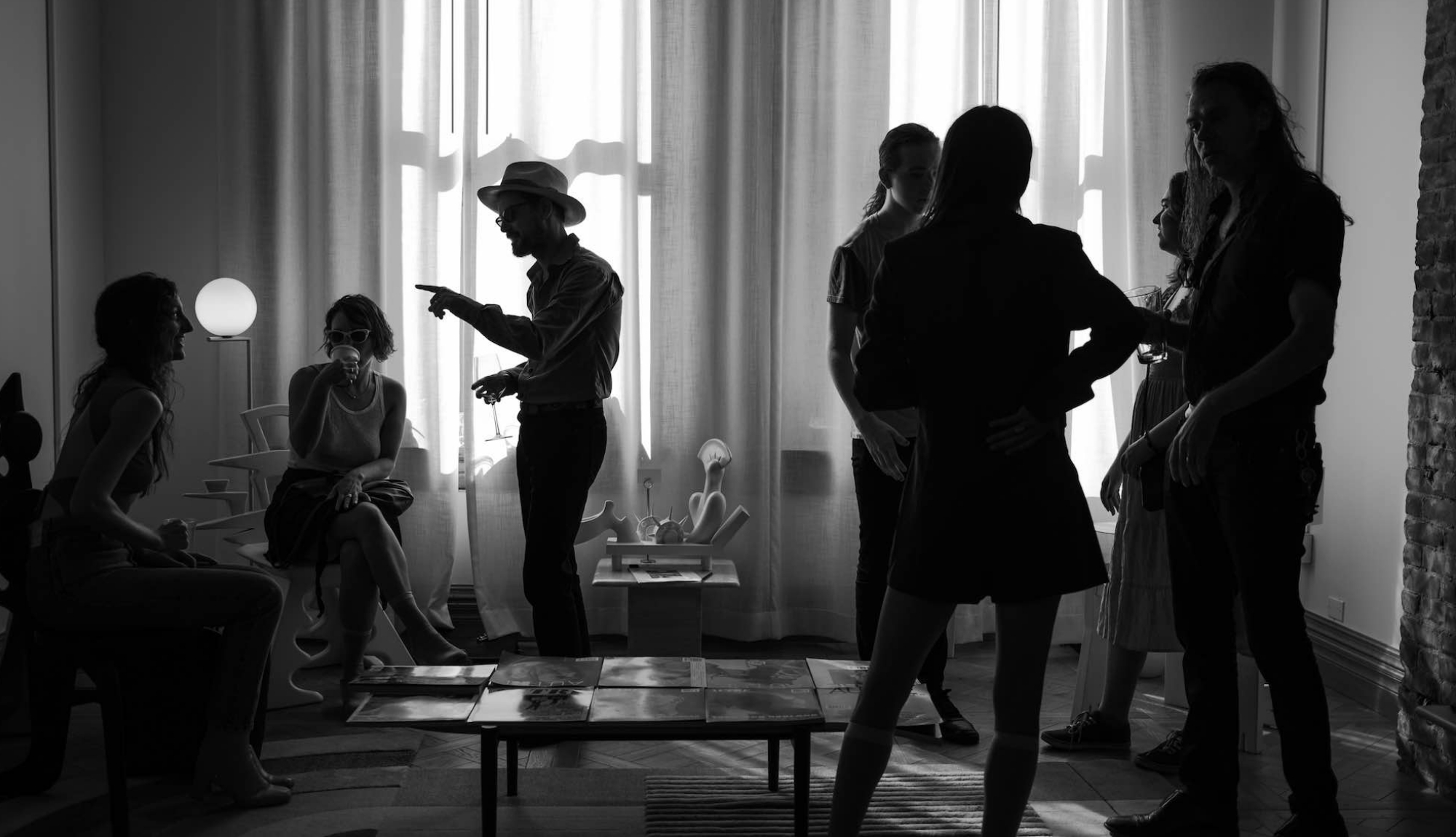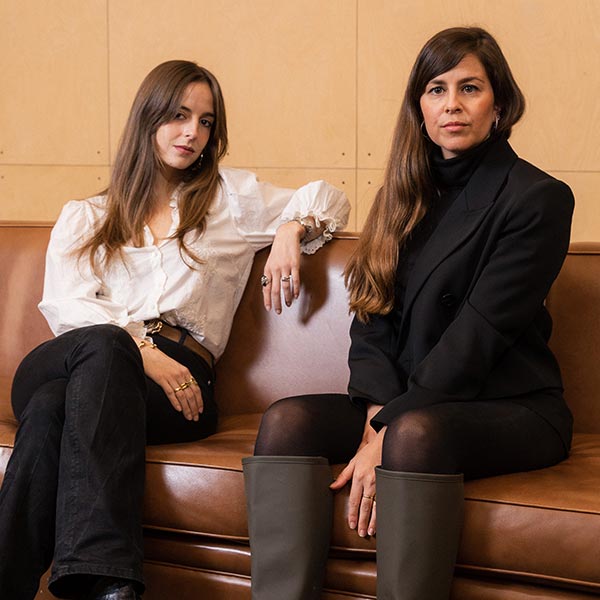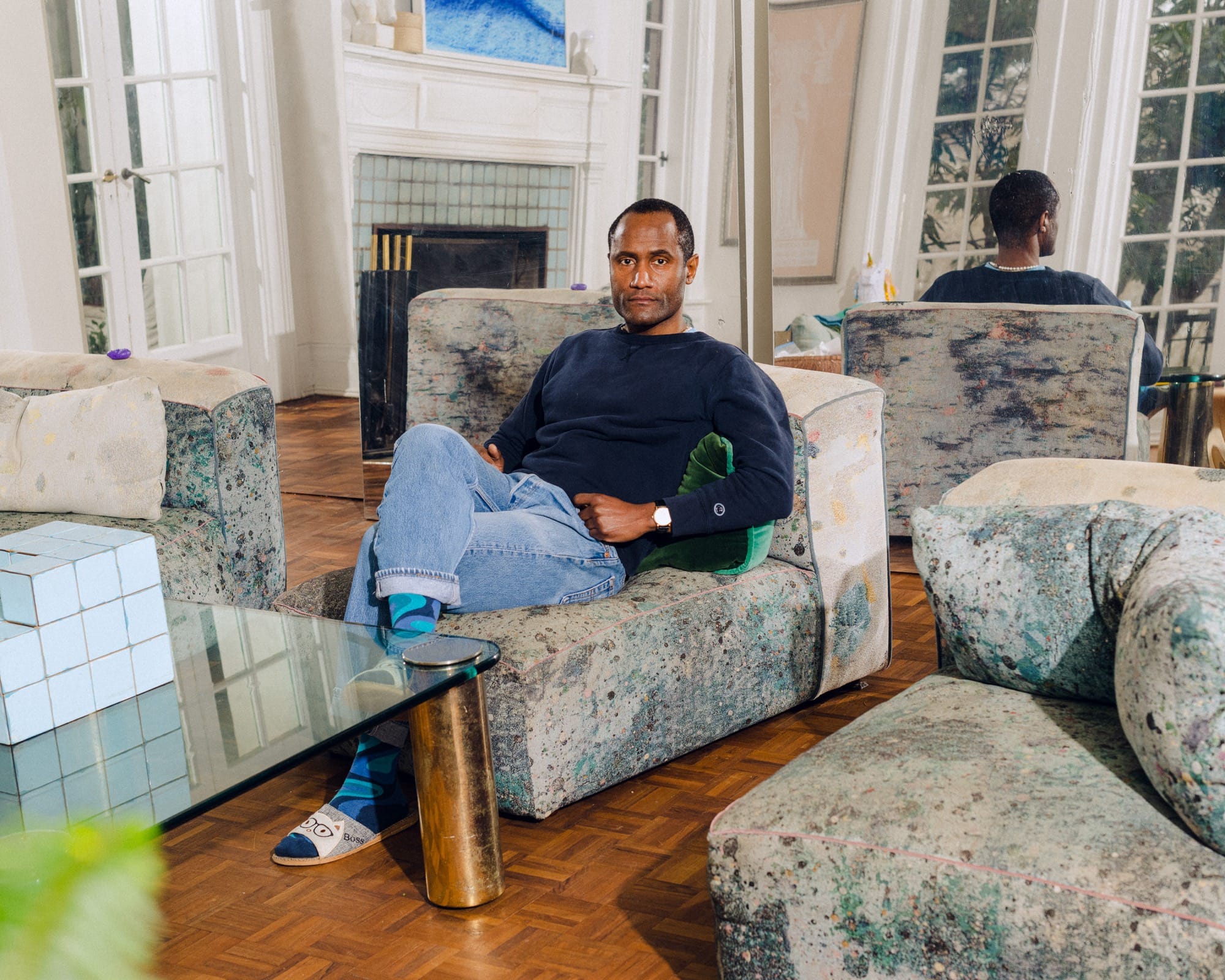If you called NeueHouse a coworking space, you wouldn’t be entirely wrong. Each location has multiple floors of dynamic workspaces, with private offices and communal desks and conference rooms, all thoughtfully designed and arranged to inspire your greatest work, your flow state, your brightest ideas.
But that’s far from the full picture. At NeueHouse, there is more than just carefully tuned interior design. There’s a sort of “build your own adventure” laid out to discover. You might arrive in the morning and hole up in a conference room, in solitary deep work with no distractions, only to emerge at lunch and bump into the person you struck up a conversation with at an art exhibition there the week before.
You might work elsewhere in the morning and pop by the house in the evening for a screening and a filmmaker Q&A. Or for a book launch. Or an acoustic concert with an emerging musical phenom. Or you might attend a panel during Frieze week, where artists and culture critics discuss art’s role in reimagining the future. Or AI’s role. You might meet your next great collaborator. You might grab a coffee and bring a book. You might write a novel.

NeueHouse opened in 2013, three years after the first WeWork introduced coworking spaces to New York City. In 2015, a $10 billion valuation made WeWork the 11th-most valuable startup in the world and by 2018, Time lauded the coworking giant for “redefining the office.” That praise was earned. WeWork’s “vibrant coworking spaces” presented an antidote to corporate drab: bright rooms, open floor plans, fresh coffee, a foosball table that might offer the chance to decompress with a colleague, or maybe even someone new. It space carried the abstract promise of social interaction; it was an office that wasn’t one.
At its peak, WeWork operated in 111 cities across 29 countries. In 2019 its valuation ballooned to $47 billion. And then, like the telegraph and the fax machine and the Blackberry, it was supplanted and then vanquished. The introduction of co-working spaces had been a step in a new direction, accelerated dramatically by the pandemic.
Ever since the dramatic shift in office culture, the commercial real estate landscape has been navigating in uncharted waters. WeWork’s share prices plummeted over this past summer. With the rise of remote work and hybrid models, businesses have reevaluated their space needs. Flexibility has become the norm. No one has to go to work anymore. You can work from anywhere. Which is how, arguably, traditional coworking spaces began to die. The commercial real estate market, ever reflective of societal change, is signaling that the original coworking model has lost its shine—and with it, its profitability. Forty percent of all US full-time employees now work remotely at least part of the week, a percentage that is likely to increase in the coming years.
A well curated office is nice, but professionals across industries and generations want more out of their workspaces. “I think people today are stretched really thin, so we look for multiple offerings in one place,” says Garrett Miller, Vice President of Brand and Creative at NeueHouse. “Brands with a diverse offering can withstand a turbulent market. NeueHouse is where you can work, you can socialize, you can find cultural fulfillment. And you can come any time of day or night.”
It’s more than just the breadth what’s offered. In an interview with the New York Times last month, Travis Howell, an assistant professor of strategy and entrepreneurship at the University of California, explained that professionals who could otherwise work from home were looking for co-working spaces —because of the people. With its many offerings, the NeueHouse proposition expands the shared office concept into something almost like a third place, somewhere that is neither home nor office but where community can form and flourish.
As the world continues to shift and market forces discourage investment, individuals and brands will continue to seek ways to connect. Work, regardless of market fluctuations, is a constant. And coworking, despite its early years as a tech innovation, will likely remain as well, perhaps becoming the predominant pathway for teams and individuals to connect. New innovations will happen outside coworking, but complementary to it.
Life is layered, nuanced, and diverse. Work is one piece of its puzzle, and the future success and efficacy of collective working spaces will be determined by what enhances them and broadens their value. Over the next decade and beyond, the coworking model will continue to expand and evolve as needed to be mapped onto our lives. NeueHouse stands at the forefront of this evolution, providing not only a high-design office alternative, but the culture, activity, and community to support and augment creative life.



